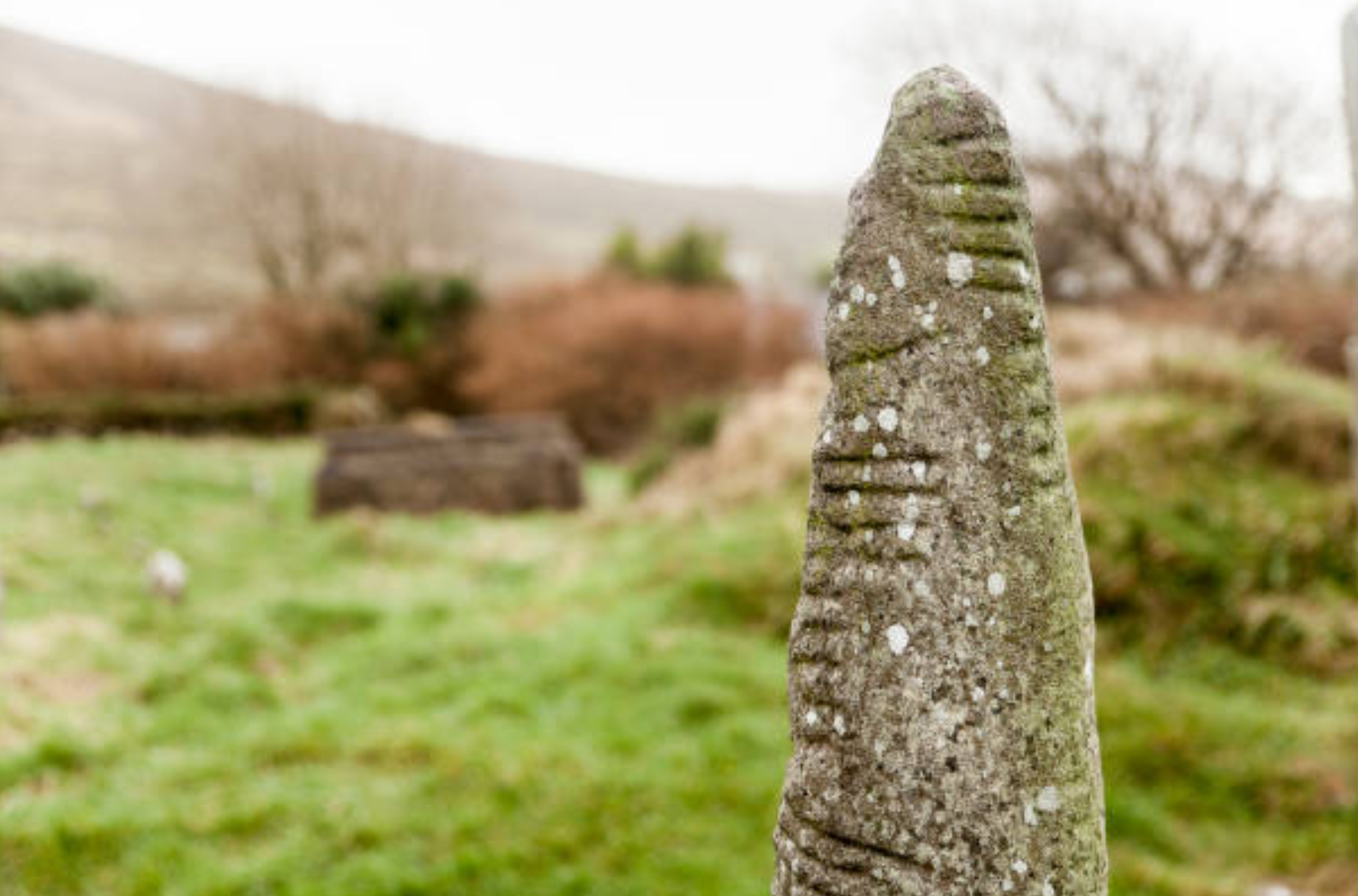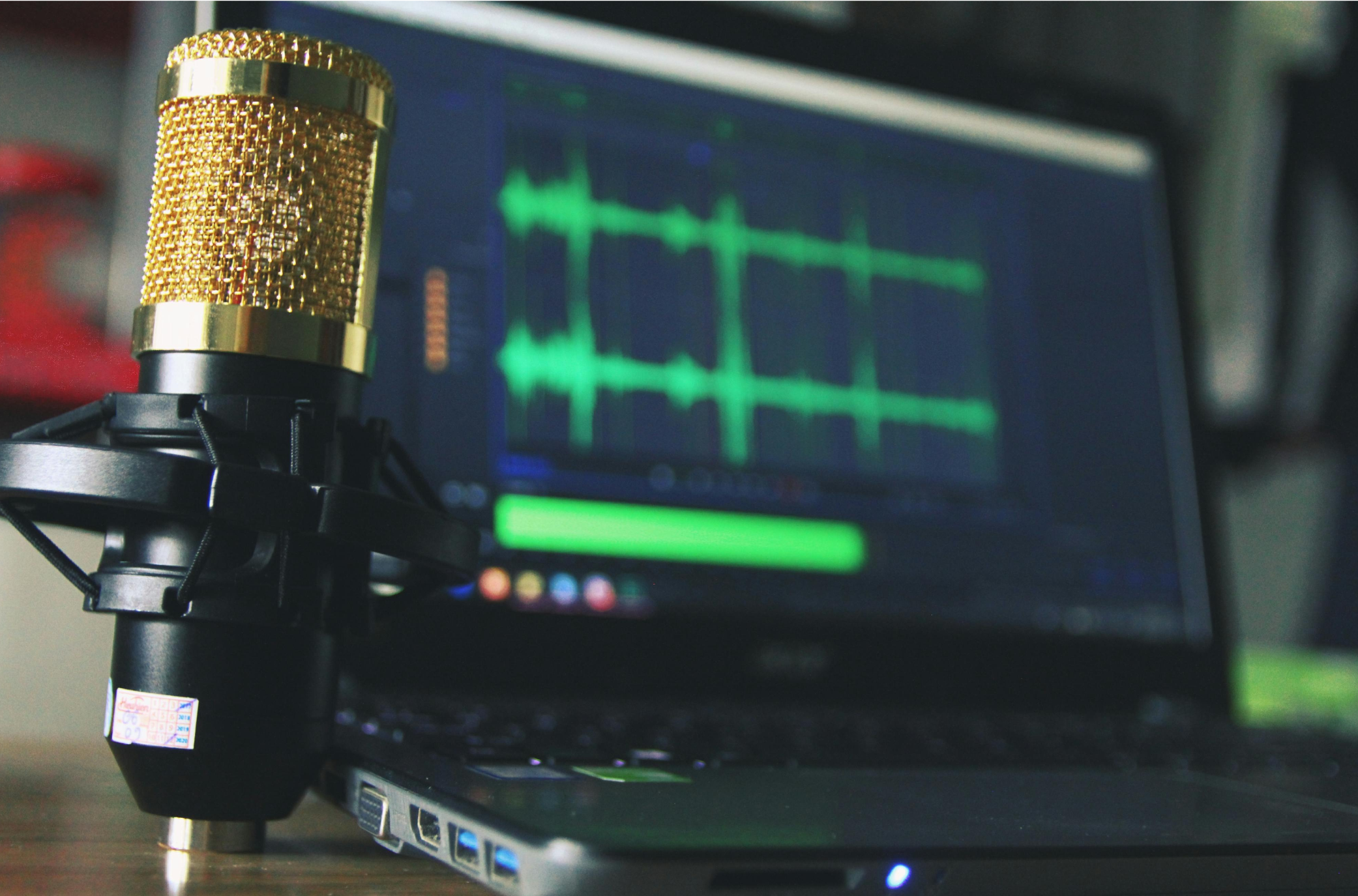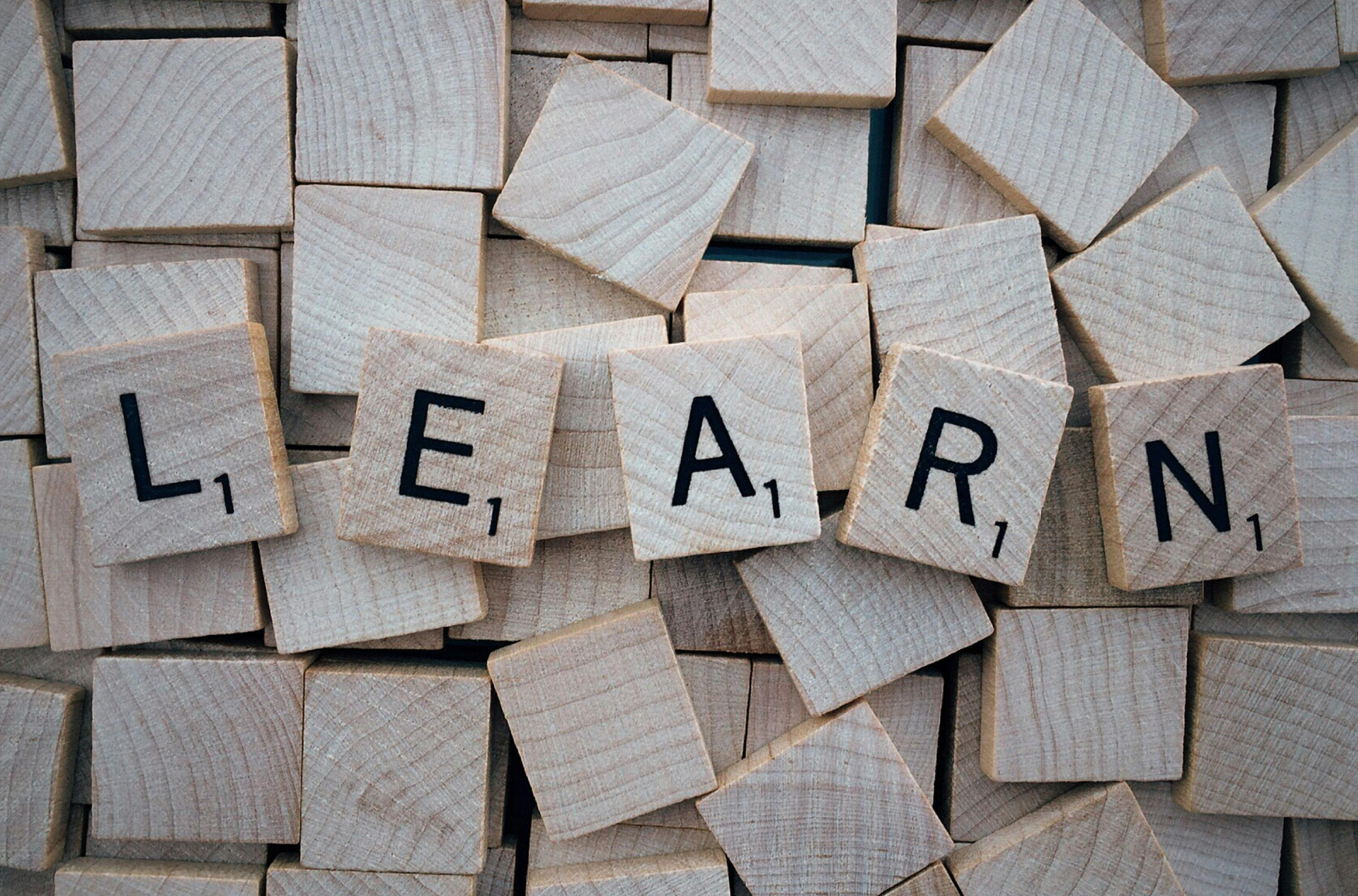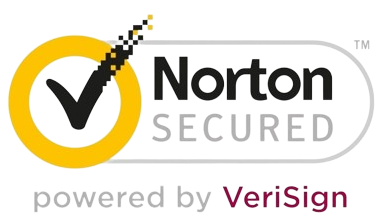The Ogham script, one of the earliest forms of written expression in Ireland, holds a special place in the annals of Irish history and culture. This ancient alphabet, also known as the “Celtic Tree Alphabet,” consists of various marks along a central line and was primarily used for inscriptions on stone monuments. In this article, we’ll explore the fascinating aspects of the Ogham script alphabet, its origins, characteristics, and how modern technology, especially AI tools like those from Gaeilgeoir AI, can help preserve and teach such integral parts of Celtic heritage.
The Origins of Ogham Script
Historical Backdrop:
Ogham is believed to have been developed around the 4th century AD, possibly as a means of communication among the Irish elite or between Druids. It is predominantly found in Ireland, but examples can also be seen in parts of Wales, Scotland, and the Isle of Man.
Etymology:
The term “Ogham” is derived from Ogmios, the Celtic god of eloquence and literature, underscoring the script’s deep literary and cultural significance.
Deciphering the Ogham Script Alphabet
The Ogham script consists of 20 characters, each grouped into sets of five (aicmí), and each character or “fid” represents a different tree or plant. This symbolic connection with nature is a testament to the ancient Celts’ veneration of the natural world.
Characteristics of Ogham:
- Structure: Ogham is written vertically and read from bottom to top, commonly on the edges of larger stones.
- Letters: The script uses a series of marks or notches that are grouped in distinct ways around a central line, usually the edge of a stone or piece of wood.
The Linguistic Significance of Ogham
Language Insights:
While primarily inscribed in Primitive Irish, Ogham inscriptions provide crucial insights into the linguistic transitions to Old Irish and the evolution of the language. These inscriptions are not only important linguistically but also offer a glimpse into the society, beliefs, and structure of early Irish civilization.
Using Technology to Explore Ogham
At Gaeilgeoir AI, we harness AI-powered tools to bring ancient scripts like Ogham closer to modern learners:
- Virtual Inscriptions: Interactive tools that allow learners to virtually inscribe their own Ogham messages, understanding the script’s structure and usage.
- Decoding Programs: AI algorithms that help decipher inscriptions, making ancient messages accessible to everyone.
- Educational Modules: Structured lessons that delve into the historical and cultural contexts of Ogham.
Integrate Ogham into Modern Learning:
Incorporating Ogham studies in contemporary education not only enriches language curriculum but also fosters an appreciation for Ireland’s ancestral heritage.
Beyond the Script: Ogham’s Cultural and Archaeological Importance
Cultural Icon:
Ogham stones are considered national treasures in Ireland, symbolizing the enduring legacy of the Irish language and its cultural continuity.
Archaeological Marvels:
Many Ogham stones are located at historically significant sites, offering insights into the religious and social dynamics of ancient Ireland.
The Ogham script alphabet is more than just a series of enigmatic marks carved into old stones—it’s a bridge to Ireland’s past, carrying the whispers of ancient Celts. By studying this unique script, we connect with the minds and spirits of those who lived centuries ago. Gaeilgeoir AI is committed to bringing such treasured knowledge into the modern era, making it accessible and engaging for new generations.
Want to learn more?
Are you intrigued by the ancient languages and scripts of Ireland? Embark on a journey of discovery with Gaeilgeoir AI. Sign up for a free trial and explore the rich tapestry of Irish history and language. Join our community of enthusiastic learners today and unlock the mysteries of the past!











